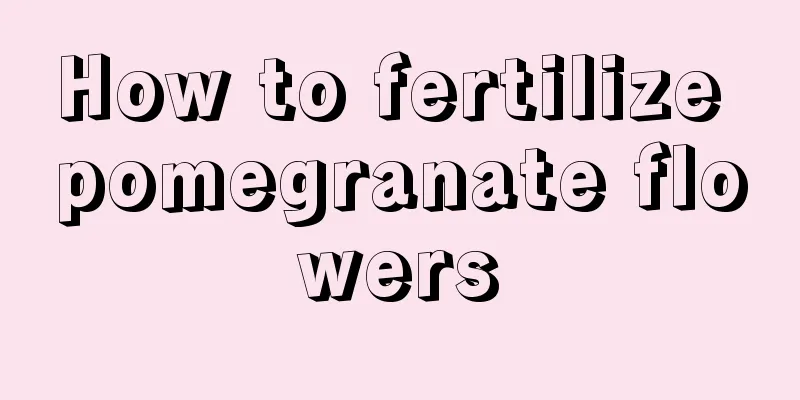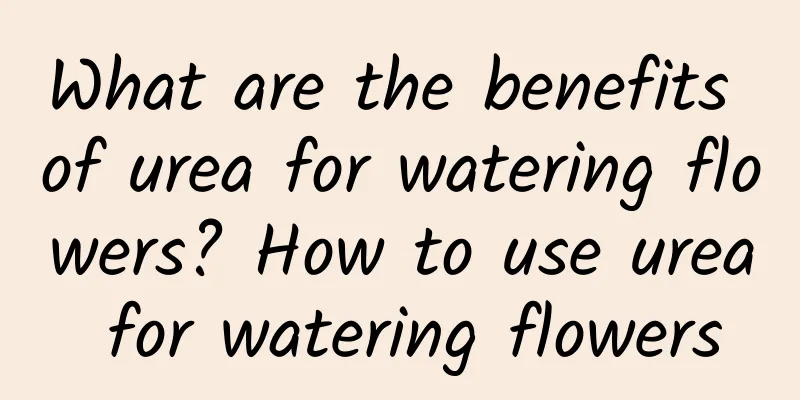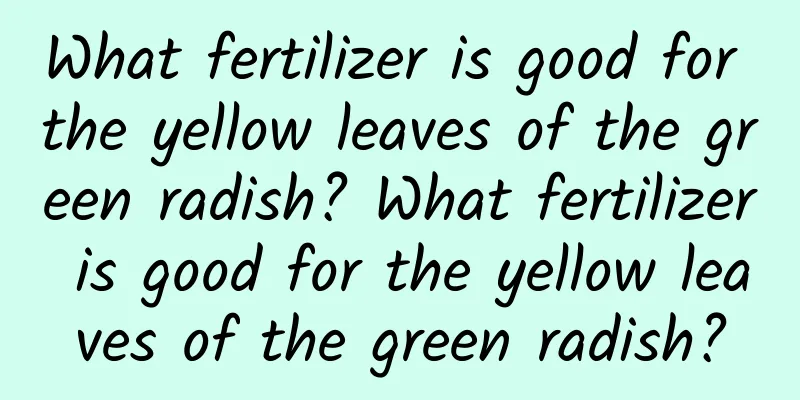How to fertilize pomegranate flowers

Fertilization typebase fertilizerThe types of base fertilizer in summer are mainly organic fertilizer, and it is best to apply it in May. Because the roots and fruits are growing well at this time, and the branches and leaves are about to stop growing, fertilizing at this time will not cause a second growth. After fertilizing, water it, and the soil, fertilizer, and root system will be closely connected, which will promote the absorption of fertilizer. Autumn base fertilizer should be applied after the fruit is harvested. At this time, the root system is in the growth period, and even if the roots are injured, they will heal quickly. When applying fertilizer, you can cut off some of the small roots, which can have the effect of pruning the roots and promote the growth of new roots. In terms of the proportion of fertilizers, nitrogen fertilizer can be appropriately increased to promote the growth of branches and leaves. top dressingTop dressing before flowering: Top dressing in early May, mainly choose nitrogen, phosphorus and potassium fertilizers. Timely top dressing can meet the needs of the plant for flowering and fruiting. Top dressing after the flowers fall: Top dressing is needed in time after the pomegranate flowers fall. This is the period when the pomegranate needs the most fertilizer. The development of young fruits and the growth of new shoots require sufficient nutrients. At this time, appropriately increasing nitrogen fertilizer can reduce physiological fruit drop. If a large amount of topdressing is applied before flowering, the amount of fertilizer can be reduced appropriately after flowering. Fertilization methodShallow trench fertilizationDig a deep circular trench around the outermost edge of the flowerpot, add fertilizer into it, and then cover it with soil. Be careful not to cut off the pomegranate roots when digging the soil. This method is suitable for pomegranate seedlings. Hole fertilizationDig a small hole about 20 cm deep directly next to the pomegranate, pour the fertilizer into it, and then cover it with soil. Foliar FertilizerThis method is simple and easy, requires less fertilizer, and takes effect quickly. Mainly dilute the fertilizer and spray it on the leaves. Obvious absorption will be seen 10-15 days after spraying. This method can improve the nutritional status of the roots, promote the development of the root system, and enhance the absorption capacity. However, foliar fertilization cannot replace soil fertilization. The two should complement each other. However, the best time to apply foliar fertilizer is before 10 a.m. and after 4 p.m. Try to spray when the temperature is moderate and the sunlight is not strong. |
>>: How to care for pomegranate flowers in four seasons
Recommend
What vegetables are best to plant in October? Vegetables planted outdoors in October of the lunar calendar
The temperature in October is cooler than in Sept...
How to plant mountain roses in spring
1. Disinfection Matrix Before planting, the subst...
Can lychees be grown in Guizhou?
Can lychees be grown in Guizhou? Litchi can be gr...
Difference Between Lettuce and Celery
1. Leaf Difference The leaves of lettuce are undi...
What flowers can be watered with orange peels soaked in water?
The effect of soaking orange peel in water on flo...
What flowers are suitable for growing in Nanping? What are the city flowers and trees?
1. Climate characteristics of Nanping Nanping has...
Cultivation methods and precautions of golden thread vine
Sunlight You can put it in the sun in the early m...
What fertilizer is best for strawberry fertilization and which fertilizer is best for increasing yield?
Using too much chemical fertilizer on strawberrie...
Is the yield of sugar apple high? What is the yield per mu?
Is the yield of sugar apple high? The yield of su...
How to grow Australian fir
1. Maintenance methods 1. Temperature: It grows v...
How to care for pineapple flowers? How to care for pineapple flowers at home
Bromeliad Growth Conditions Pineapple flowers lik...
Planting conditions of Dendrobium: Environmental requirements for planting Dendrobium
Introduction to Dendrobium Dendrobium is also kno...
The efficacy and function of mallow
Medicinal effects of mallow Mallow can be used as...
How to prune five-color plum
When should the five-color plum be repaired? Seed...
How to plant ivy
1. Time Selection It is easier to root and easier...









